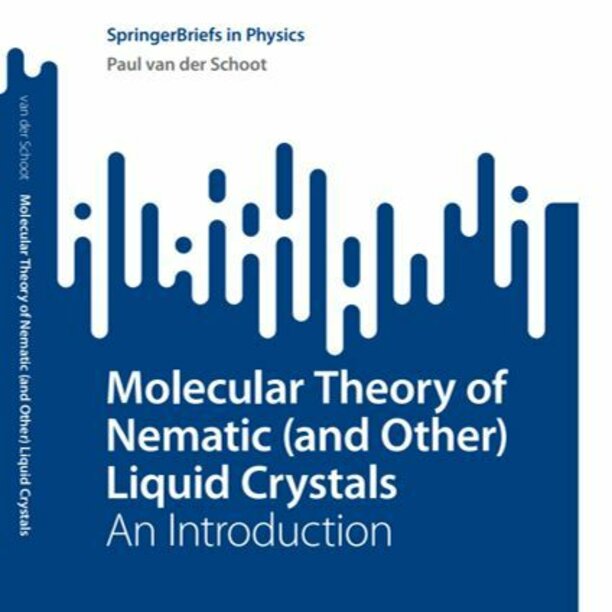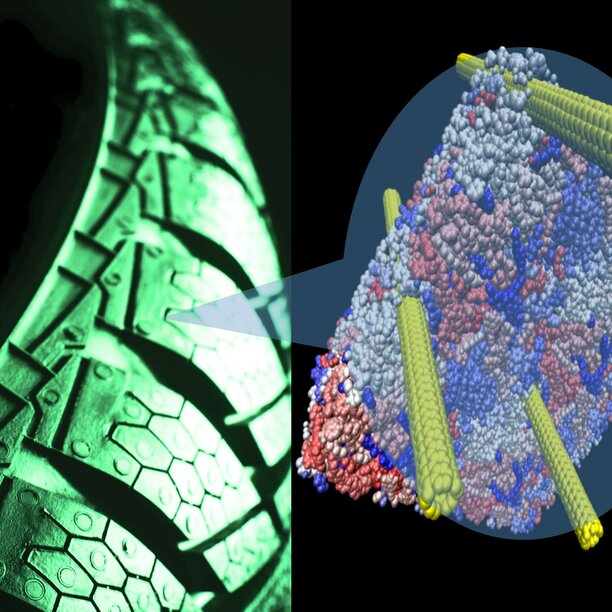Materials you can trust with your life
We study the fundamental processes that organize the assembly, the structure and the mechanical properties of biological and other soft materials. Fundamental and applied research reinforce each other: We figure out how these materials work, and use these insights to develop bio-inspired design strategies to improve and disrupt the development of man-made materials.
Read moreOur PRINCIPAL INVESTIGATORS
Soft Matter and Biological Physics comprises 6 sub groups.
Work with us!
Please check out the TU/e Vacancies page for further opportunities within our group.
News

April 4, 2024
Modeling the formation and mechanics of hybrid hydrogels
Chiara Raffaelli defended her PhD thesis at the Department of Applied Physics and Science Education on April 4th.
Read more

July 7, 2023
Moving cancer cells in a model
PhD candidate Vincent Debets investigated which elements are important for the movement behavior of a cancer cell.
Read more
Meet some of our Researchers
Recent Publications
Our most recent peer reviewed publications
-
Wout Laeremans,Midas Segers,Aderik Voorspoels,Enrico Carlon,Jef Hooyberghs
Insights into elastic properties of coarse-grained DNA models: q-stiffness of cgDNA vs cgDNA+
Journal of Chemical Physics (2024) -
Kevin A. Redosado Leon,Alexey Lyulin,Bernard J. Geurts
Computational Requirements for Modeling Thermal Conduction in Polymeric Phase-Change Materials
Polymers (2024) -
Kevin A. Redosado Leon,Alexey Lyulin,Bernard J. Geurts
Computational Requirements for Modeling Thermal Conduction in Polymeric Phase-Change Materials
Polymers (2024) -
René A.J. de Bruijn,Jasper J. Michels,Paul P.A.M. van der Schoot
Transient nucleation driven by solvent evaporation
Journal of Chemical Physics (2024) -
G.L.A. Kusters,Paul P.A.M. van der Schoot
Preferential ordering of incommensurate-length guest particles in a smectic host
Journal of Chemical Physics (2024)
Contact
-
Visiting address
FluxGroene Loper 195612 AP EindhovenNetherlands -
Visiting address
FluxGroene Loper 195612 AP EindhovenNetherlands -
Postal address
FluxP.O. Box 5135600 MB EindhovenNetherlands -
Postal address
FluxP.O. Box 5135600 MB EindhovenNetherlands -
Secretary
![[Translate to English:] [Translate to English:]](https://assets.w3.tue.nl/w/fileadmin/_processed_/5/6/csm_Theory_of_Polymers_and_Soft_Matter_TPS_2112c2dceb.jpg)



![[Translate to English:] [Translate to English:]](https://assets.w3.tue.nl/w/fileadmin/_processed_/9/a/csm_Vidi%20winners%20banner%20image_01996b49f9.jpg)





